Add COLOR and TEXTURE with a Tri-Colored Plant Hanger | Daisy Knot Pattern

One of the biggest challenges I’ve faced in my macrame journey was figuring out how to seamlessly incorporate multiple colors into a single project.
If you’ve ever tried it, you know the struggle.
You might plan your color scheme with all the enthusiasm in the world, but in the back of your mind, there's that lingering worry: How is this really going to look once it’s all knotted together?
It’s a leap of faith every time because you don’t know the final result until the project is done.
It’s like you’re crossing your fingers and thinking, Let’s hope for the best, but prepare for the worst!
But here’s the thing—once you have a solid understanding of a few basic knotting techniques and patterns, you can confidently take that leap.
One of my go-to solutions for incorporating multiple colors in macrame is the Daisy Knot pattern.
It's not only visually stunning but also adds the perfect touch of elegance and structure to multi-colored projects.
When done right, it ties everything together in a way that feels cohesive and balanced, no matter how bold your color choices are.
If you’re unfamiliar with the Daisy Knot pattern, I can’t recommend it enough!
It’s a knot pattern that can elevate your macrame designs from ordinary to extraordinary.
I encourage you to play around with it and get comfortable using it—it’s a game-changer.
To help you, check out our blog post: "1 Daisy Knot Pattern: 5 Stunning Macrame Projects", where I explain how this pattern can transform your designs.
In this tutorial, we’ll level up by incorporating three different colors to create a Daisy Knot pattern, unlike anything you’ve seen before!
This project is not just about learning the knots—it’s about mastering the art of combining colors in a way that brings your design to life.
You’ll walk away with the skills to confidently mix and match colors in your macrame projects without the guesswork.
Imagine being able to create a vibrant, multi-colored macrame piece that doesn’t just look good but looks intentional and harmonious.
I’ll guide you through every step of tying these colors together using the Daisy Knot pattern, and by the end, you’ll have a stunning, three-colored creation to show off.
Ready to get knotty?
Let’s begin!
Essential Macrame Knots for a Daisy Flower Macrame Plant Hanger
To create your Daisy Flower Macrame Plant Hanger, mastering a few key macrame knots is essential.
These foundational knots are the building blocks of most macrame projects and will help you craft beautiful, functional pieces with ease.
Gathering Knot
This Gathering knot, bundles multiple cords together neatly, often used at the start or end of a project to give your macrame a clean, polished look.
Half-Hitch Knot
The half hitch is versatile and frequently used to form intricate patterns like the double half hitch.
It’s perfect for creating horizontal or diagonal lines, adding texture and structure to your designs.
Vertical Lark’s Head Knot
This variation of the Lark's head knot is used to attach cords securely to a ring or dowel, providing a strong foundation for your project.
It's a basic but essential technique for plant hangers and wall hangings.
Interested in More Knots for You Future Macrame Projects?
If you want to add more knots to your macrame designs, check out my free resource, "50 Macrame Knots & Sennit Guide."
It's packed with easy, step-by-step instructions to help you improve your skills and try new creative projects.
Access it here.
Important Macrame Terms for Beginners
Before we begin, it's probably best to go over a few important terms used in macrame.
This will help you understand the techniques more easily, follow patterns with confidence, and set a strong foundation for your macrame journey.
- Knots: Macrame involves various knots, like the overhand knot and alternating overhand knot. Learning these basic knots is key to building a strong foundation. Check the "Macrame Knots You Need to Know" section for the knots used in this pattern.
- Cords: The primary material in macrame is cords made from cotton, jute, nylon, or synthetic fibers. They come in different thicknesses and colors. You can learn more about macrame cord with our "Macrame ESSENTIALS: Everything You Need—Cord, Tools, & Materials" post.
- Loop: A loop is formed by crossing the cord over itself to create a ring-like shape. Loops are essential in many macrame designs.
- Fringe: The loose ends of cords that hang down, adding a decorative element. The fringe can be left as is or trimmed to your desired length. Want to learn more about fringe? here's "My Top 5 Secrets for Creating PERFECTLY Styled Fringe" post you might find helpful.
- Anchor Cord: The fixed cord or structure to which other cords are attached. It provides stability and support for your design.
- Working Cord: The cord that is actively manipulated to create knots and patterns throughout the project.
- Sennit: A series of knots grouped together to form a pattern or part of your macrame project.
- Frays and Tassels: The loose ends of your cords, often used intentionally as decorative elements like frays or tassels in your design.
Cord, Supplies, & Tools to Make Tri-Colored Plant Hanger | Daisy Knot Pattern

Daisy Flower Macrame Plant Hanger Cords
For this macrame project, I used a 5mm single strand twist, from our LUSH macrame cord collection in sage, rose dust, and buttercream.
I chose this cord for its perfect texture, thickness, and elegant colors that enhance the design.
Macrame Materials & Tools
You will also need some essential tools:
Macrame Tri-Colored Plant Hanger Details
Skill Level:
- Beginner
Completed Size:
- 6" width (with pot) and 34" length
Completion Time:
- 1-2 hours depending on skill level
Materials Needed (for 1 unit):
Cotton Lengths Needed:
Beige
- 2 x 250 cm (98")
- 2 x 125 cm (49")
- 1 x 160 cm (24")
Pink
- 2 x 450 cm (177")
- 1 x 60 cm (24")
Green
- 2 x 540 cm (213")
*Note: Cord lengths are based on a 5mm single strand twist.
Adjust as needed for different cord sizes or brands.
How To Macrame a Tri-Colored Plant Hanger | Daisy Knot Pattern | Video Tutorial
How To Macrame a Tri-Colored Plant Hanger | Daisy Knot Pattern | Step-by-Step Guide
*Note: We recommend following the tutorial video for more detailed instructions and to achieve the best results.
This will provide additional guidance and clarity as you work through each step.
Step 1:
- Weave two 250 cm beige cords through the ring.
- Weave one 450 cm pink cord on both the left and right sides.
- Then weave one 540 cm green cord on each side.



Step 2:
- Use a 60 cm cord to tie a Gathering knot to bundle the cords together.


Step 3:
- With six cords, overlap the two green cords.
- Using the pink cords, tie a Half Hitch knot on both sides.



Step 4:
- Tie a Vertical Lark’s Head knot with the pink cords onto the green cords on both sides.


Step 5:
- Overlap the pink cords and, using the beige cords, make a Half Hitch knot on both sides.



Step 6:
- Make another Vertical Lark’s Head knot on both sides using the pink cords.


Step 7:
- Overlap the green cords and use the pink cords to tie a Half Hitch knot on both sides.



Step 8:
- Take the green cords under and to the side. Make 4 Vertical Lark’s Head knots onto the two anchor cords.
- Repeat this on the other side.



Step 9:
- Repeat the Daisy Knot pattern to form another chain.



Step 10:
- Make 3 more Daisy Knot patterns, ending the last chain with a Daisy pattern.

Step 11:
- Repeat the Daisy Knot chain pattern on the other side.
 Step 12:
Step 12:
- Place the plant hanger strands side by side.
- Use the middle 4 cords to tie a Square knot a few inches down.
- Repeat on the other side.



Step 13:
- Weave one 125 cm cord through the bottom of the Daisy pattern.
- Using the green cords, tie a Square knot.
- Make another Square knot a few inches lower.




Step 14:
- Repeat the same pattern on the other side.

Step 15:
- A few inches down, tie a row of Alternating Square knots all around.


Step 16:
- Use another 60 cm cord to tie a Gathering knot at the bottom.


Step 17:
- Trim off excess cords and the fringe at the bottom to desired length.

Bringing It All Together
Just like I mentioned in the beginning, crafting this tri-colored macrame plant hanger is more than just creating a functional piece—it’s about bringing color, texture, and a personal touch to your space.
When I first started knotting, I never imagined how much joy and creativity it would bring into my home, and this project is no exception.
By combining beautiful shades and mastering a few essential knots, you’ve not only made something practical but also something that reflects your unique style.
So, now that you've completed this project, take a step back and admire your work.
You’ve learned how to blend colors, master the Daisy Knot pattern, and create something truly special.
And remember, this is just the beginning—there are countless other macrame projects waiting for you to try.
Thanks for knotting along with me! I can’t wait to see what you create next. Don’t forget to share your work and tag us with #Bochiknot.
Until next time, keep creating, keep experimenting, and most importantly, keep having fun with your macrame journey!

Looking for Macrame Patterns and Projects?
I’ve got a fun variety of DIY macrame patterns for you to explore—whether you’re into creating unique wall hangings to spruce up your home or timeless plant hangers, there’s something for every skill level.
Each pattern is super easy to follow with step-by-step photos, clear instructions, and plenty of tips to help you along the way.
Ready to start creating?
Browse DIY macrame patterns on Etsy and dive into your next project.

Join the Bochiknot Macrame Community: Your Gateway to Exclusive Tutorials & Inspiration
Discover the art of macrame like never before! Join our exclusive community of passionate macrame enthusiasts and unlock a world of creativity.
Gain access to a treasure trove of unique patterns, expert guidance, and a supportive network of fellow artists.


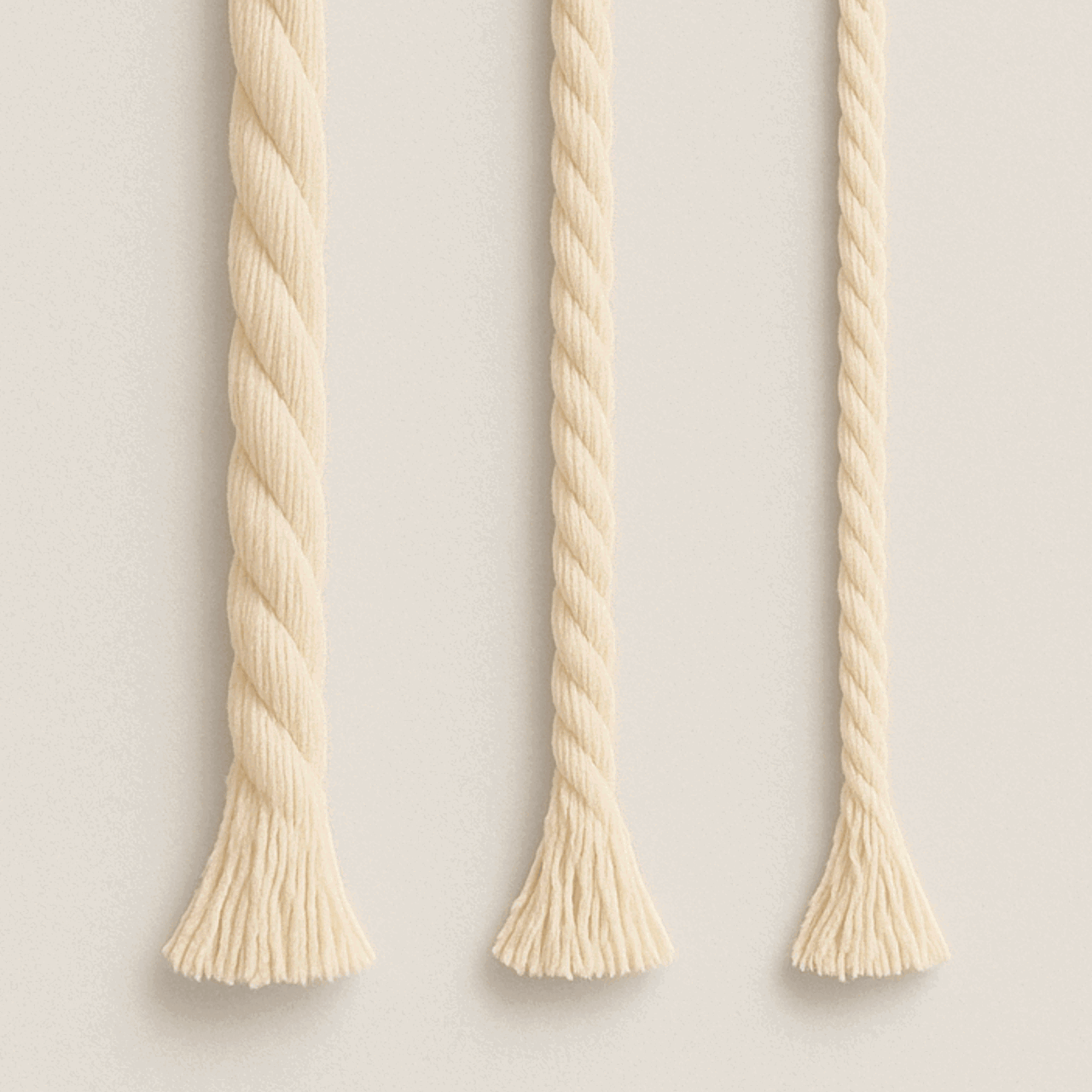
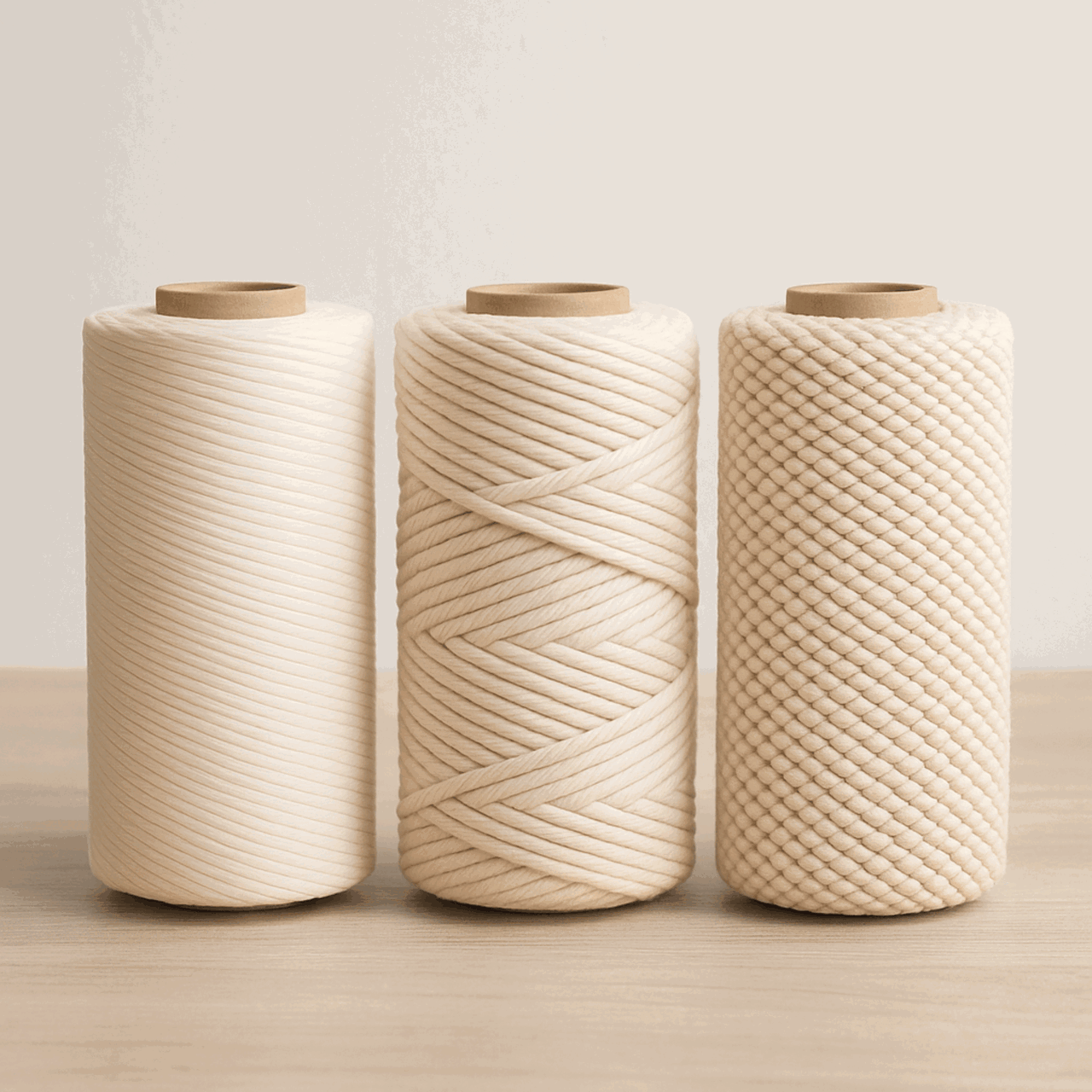
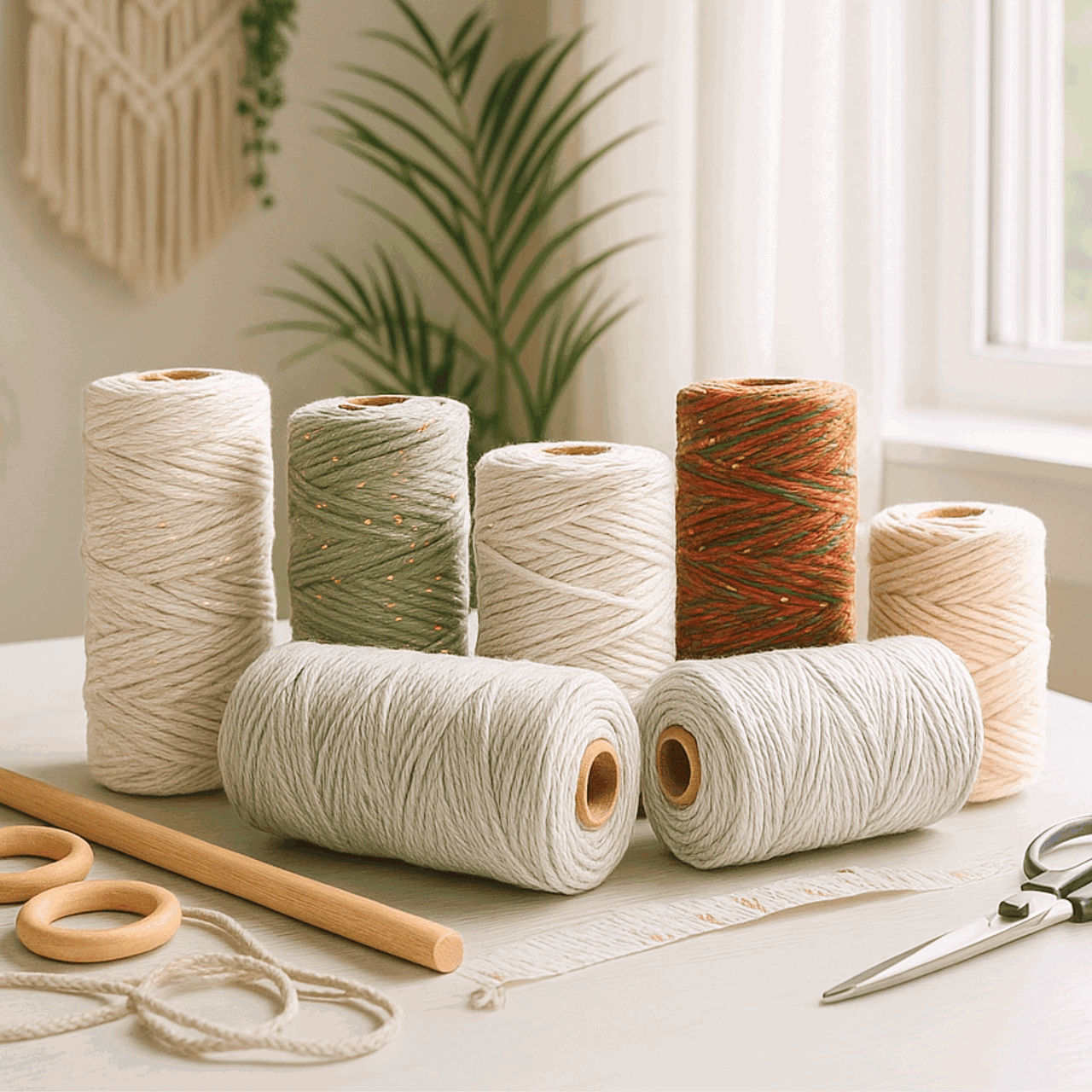
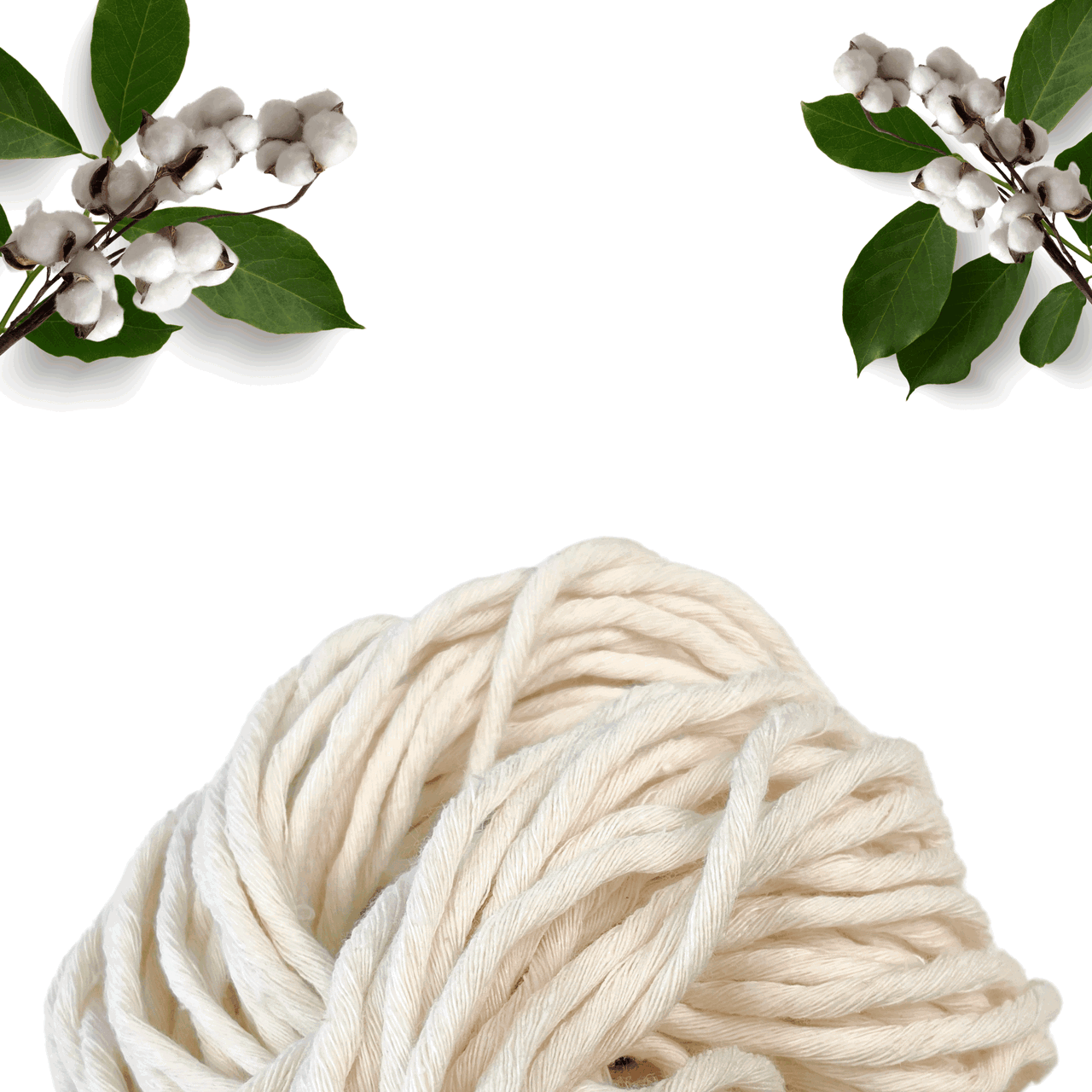

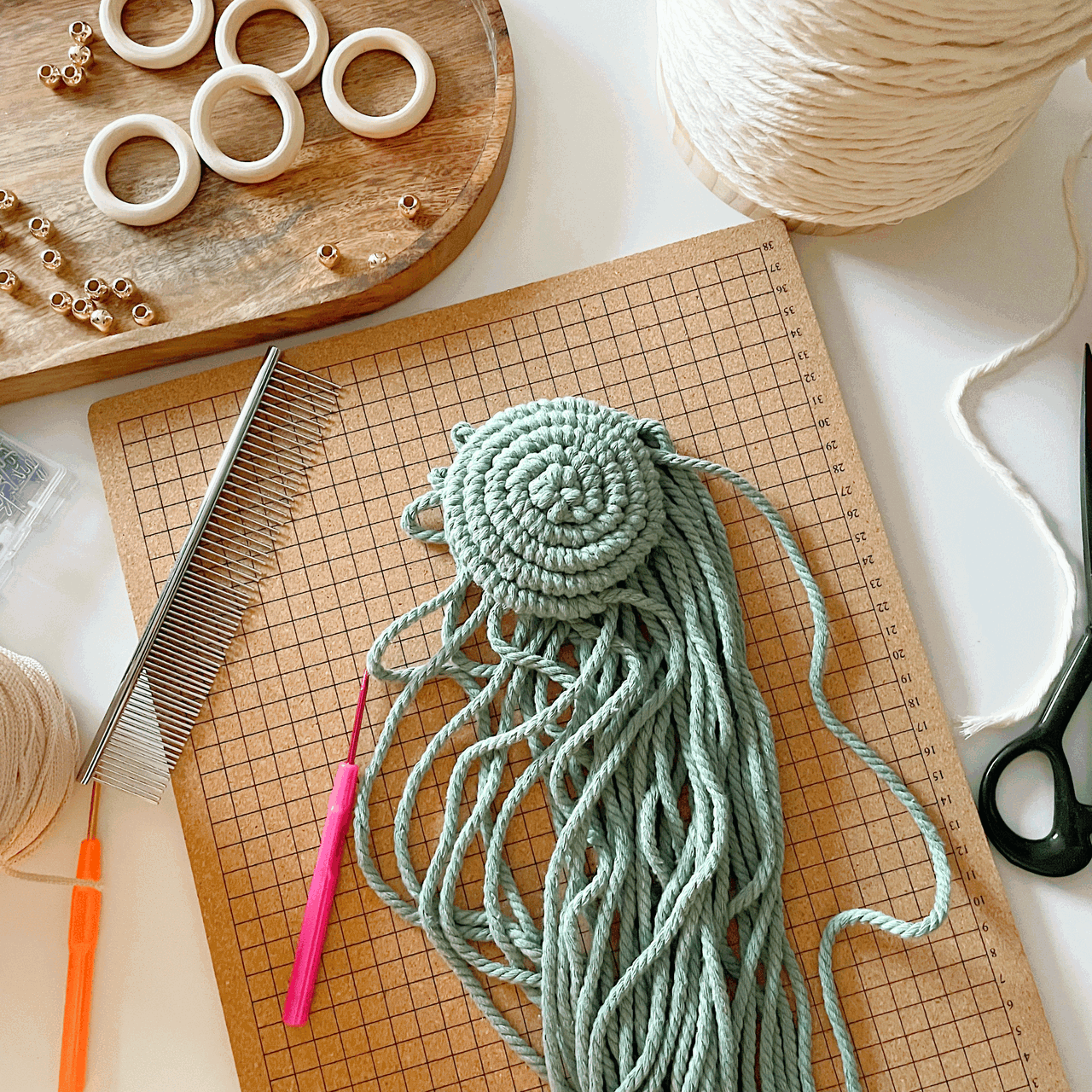
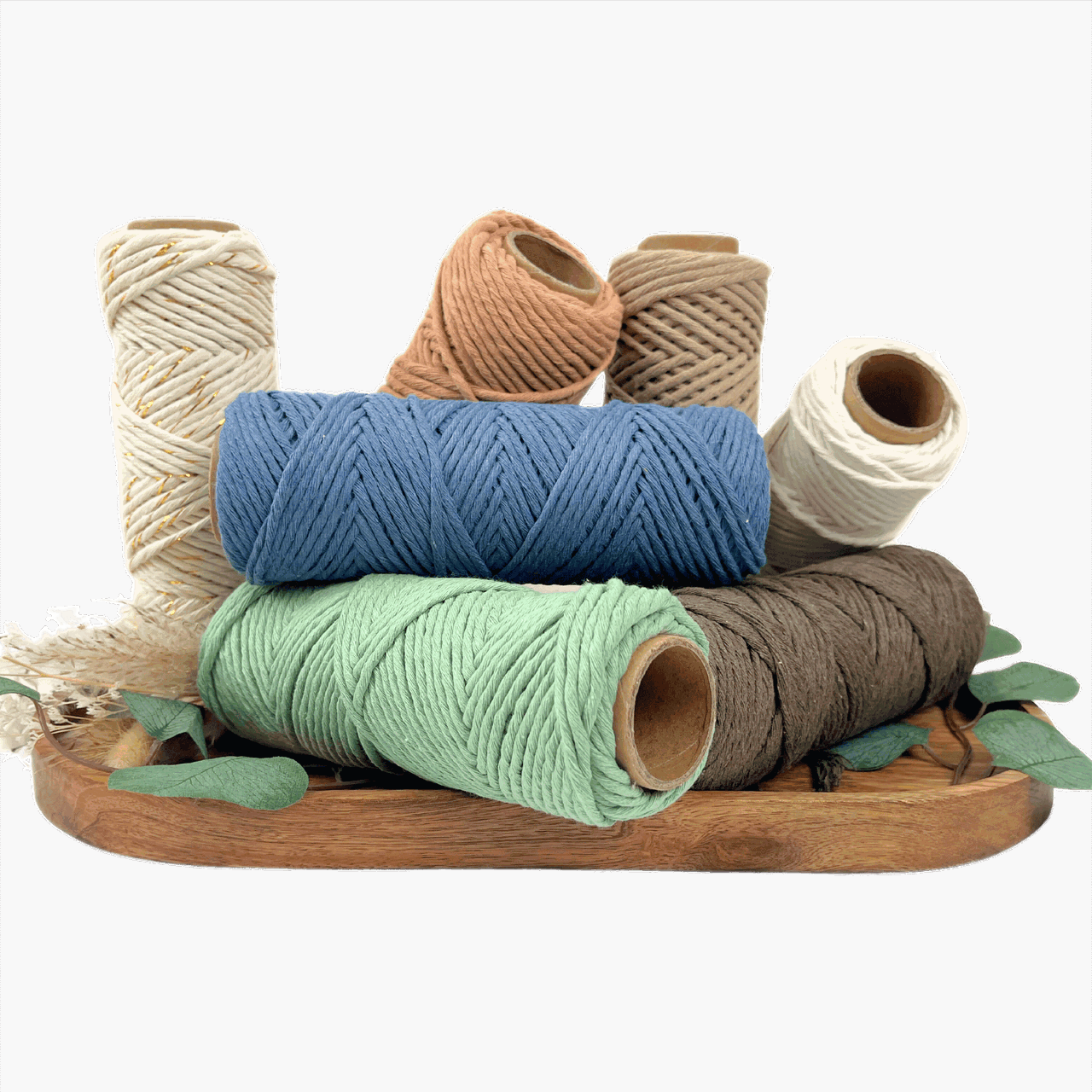
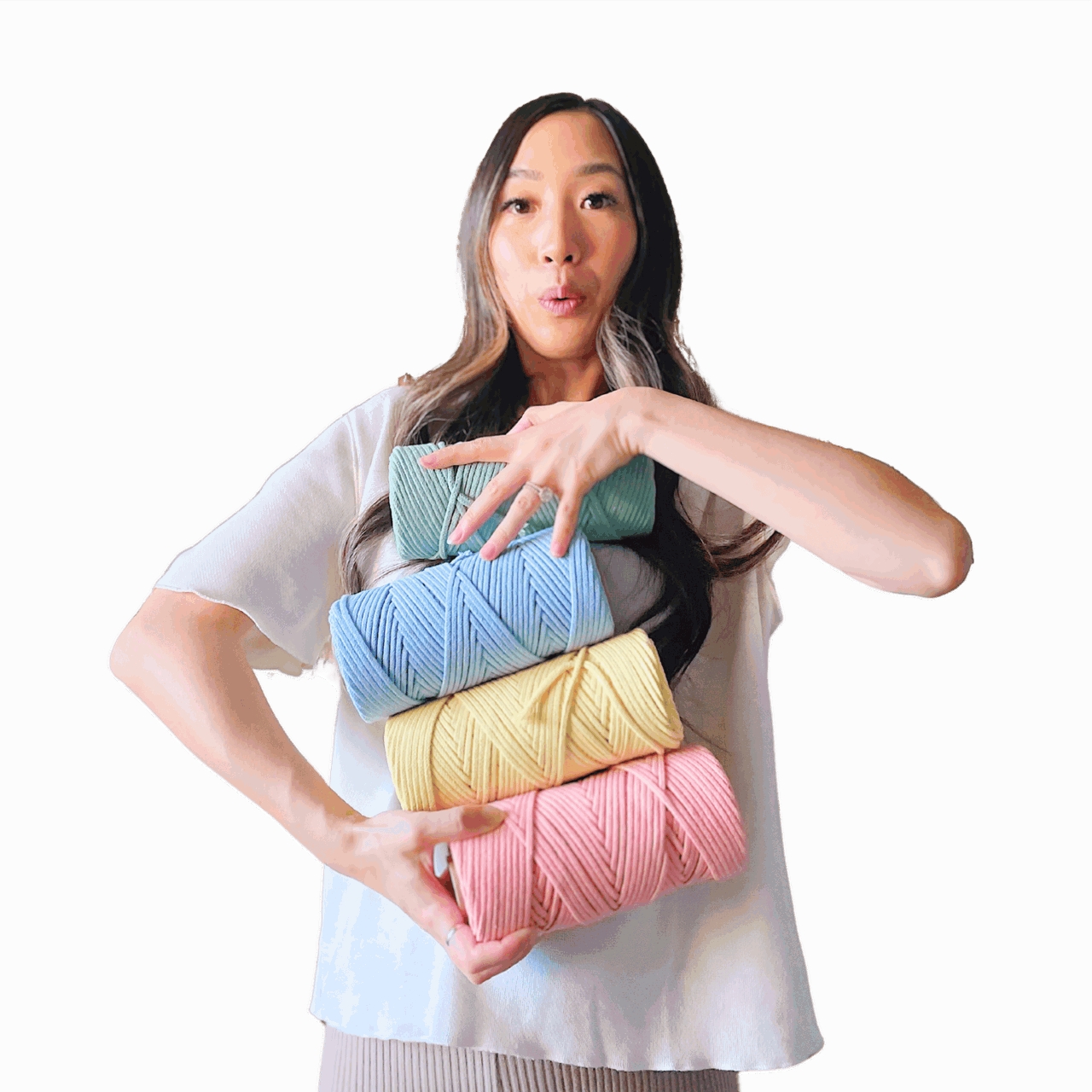
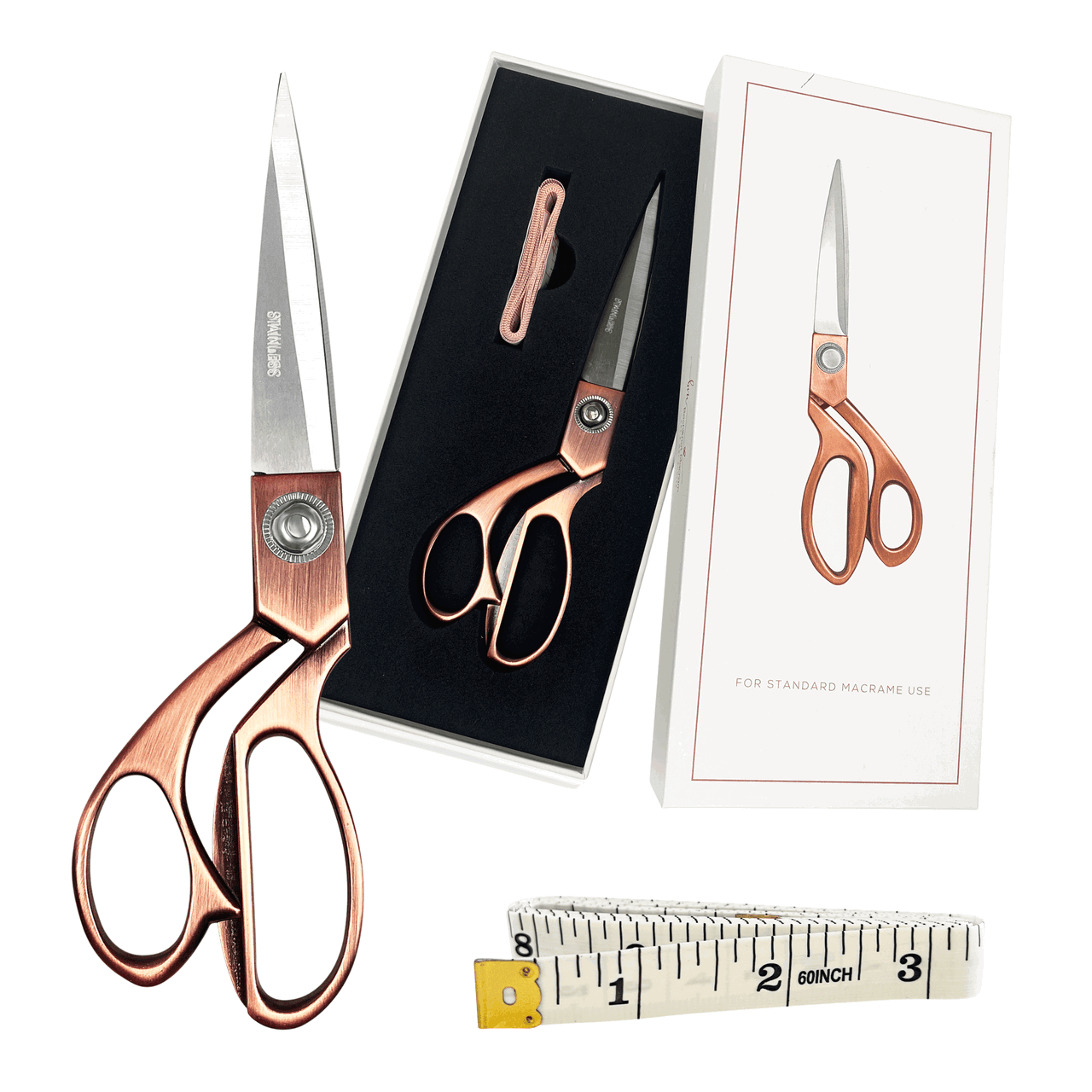
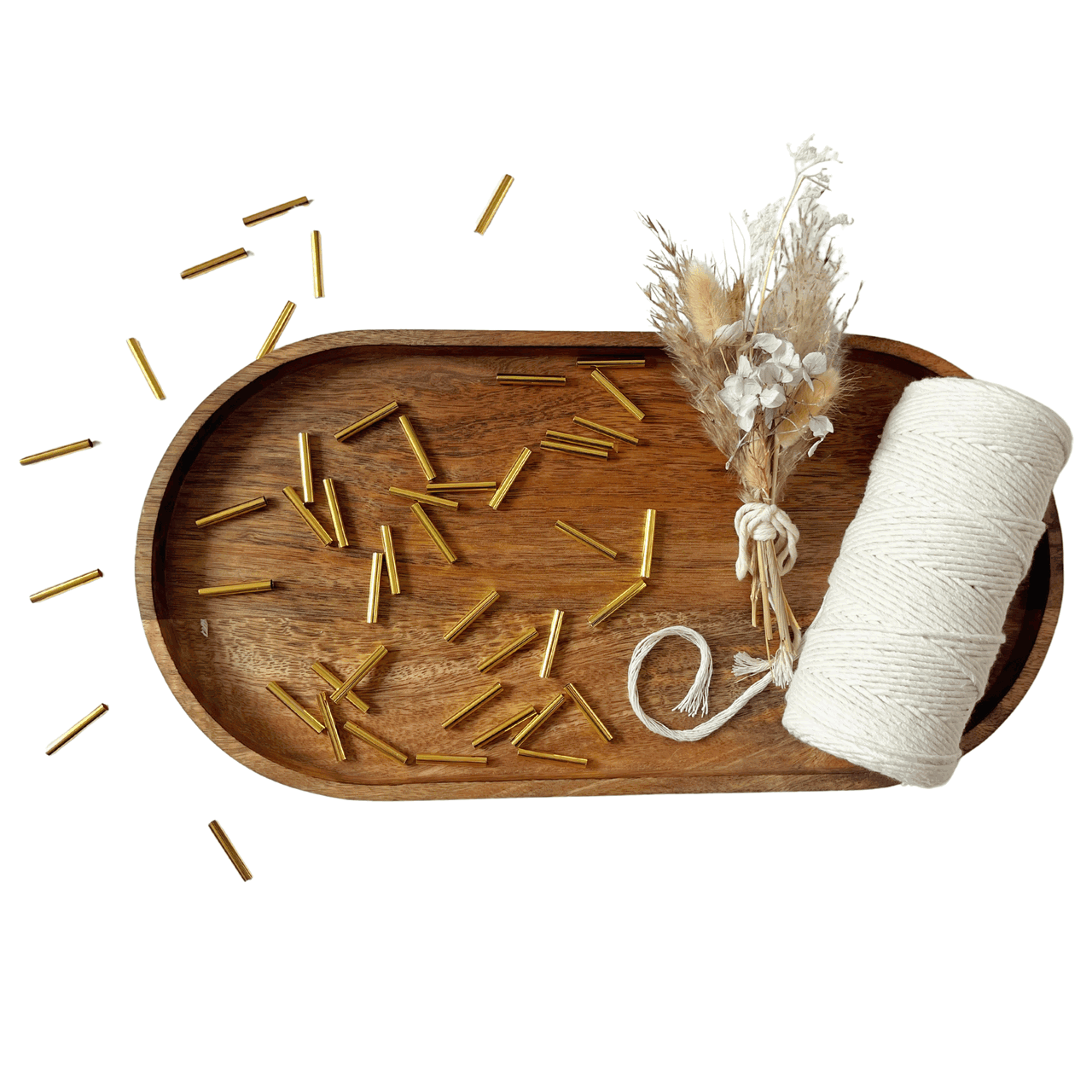

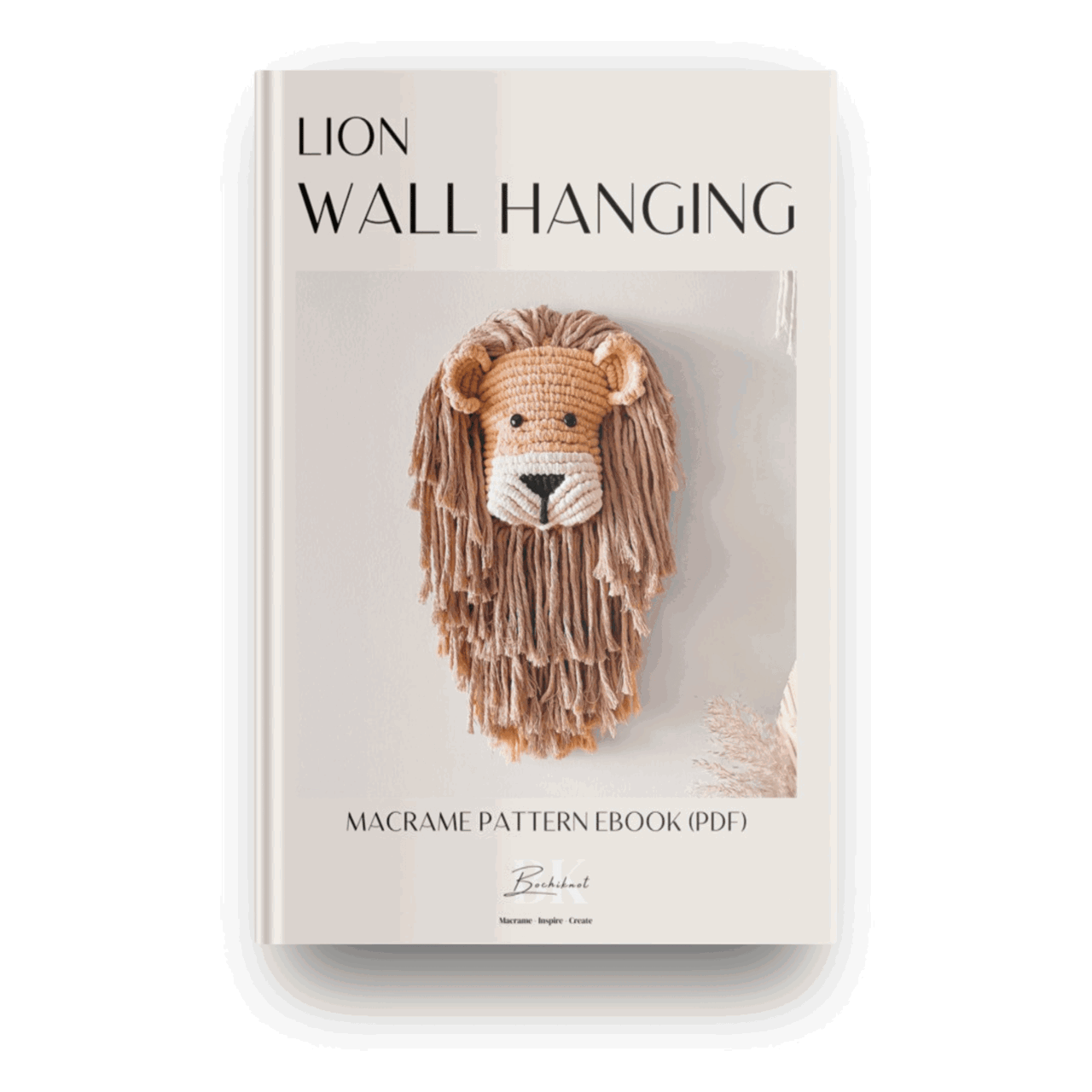


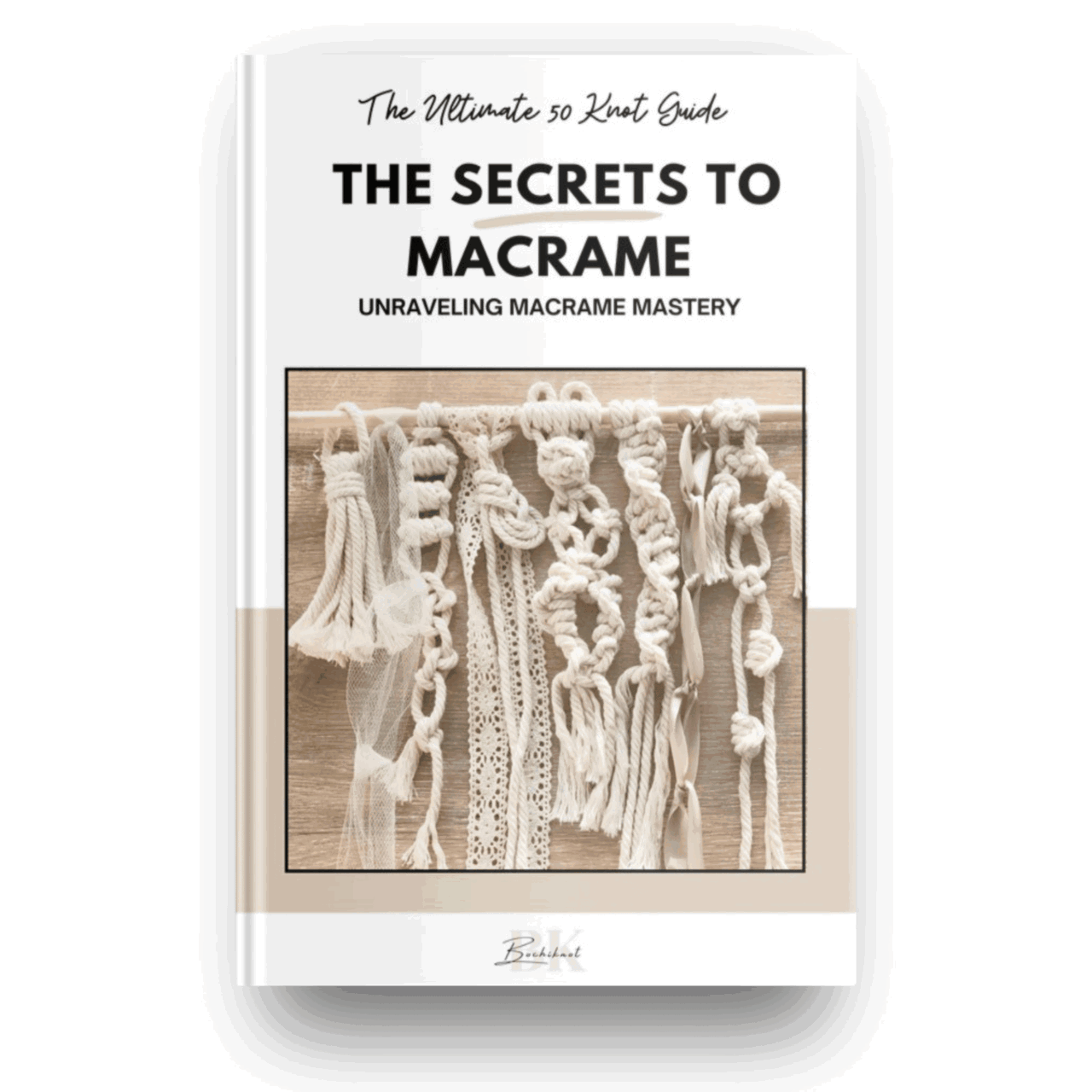
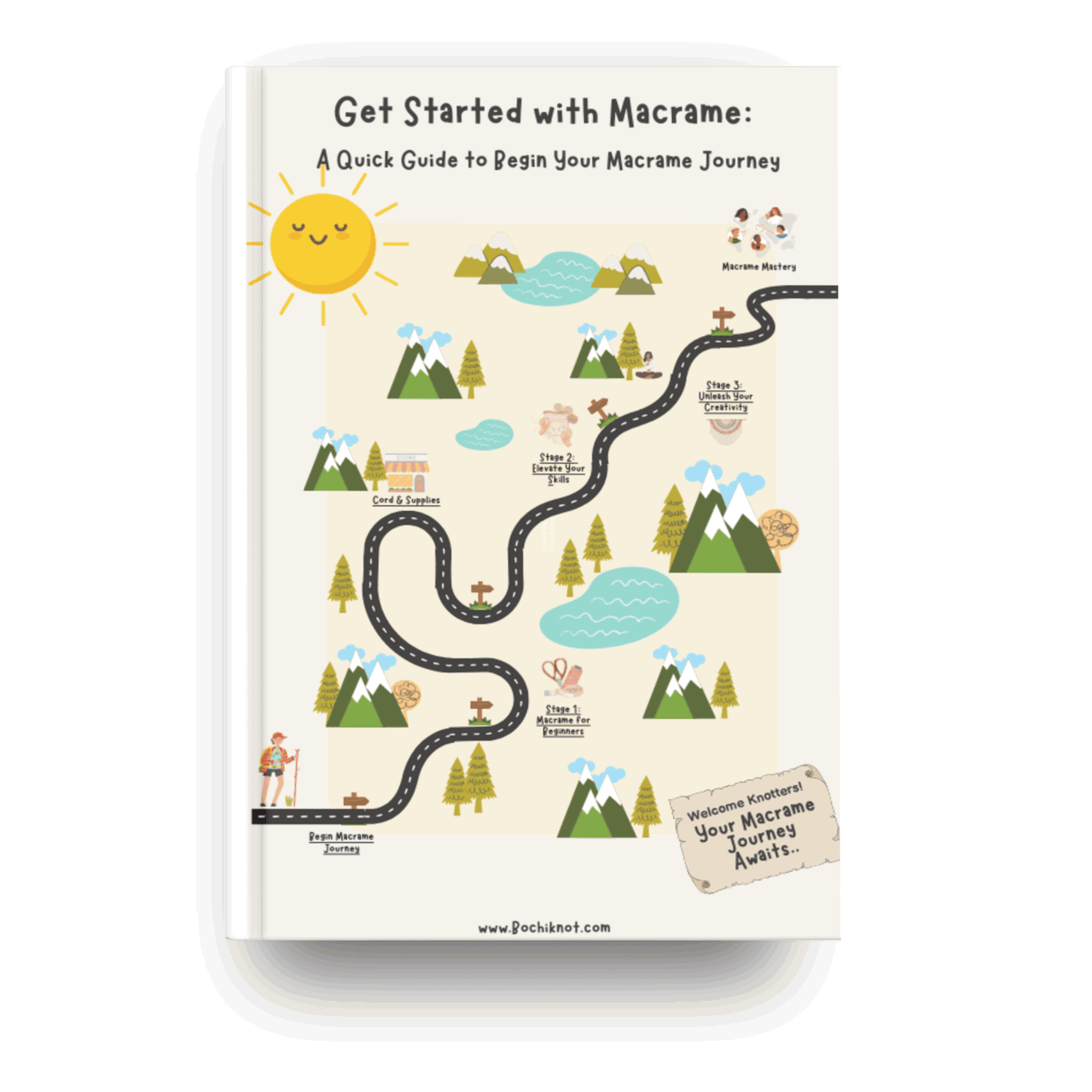
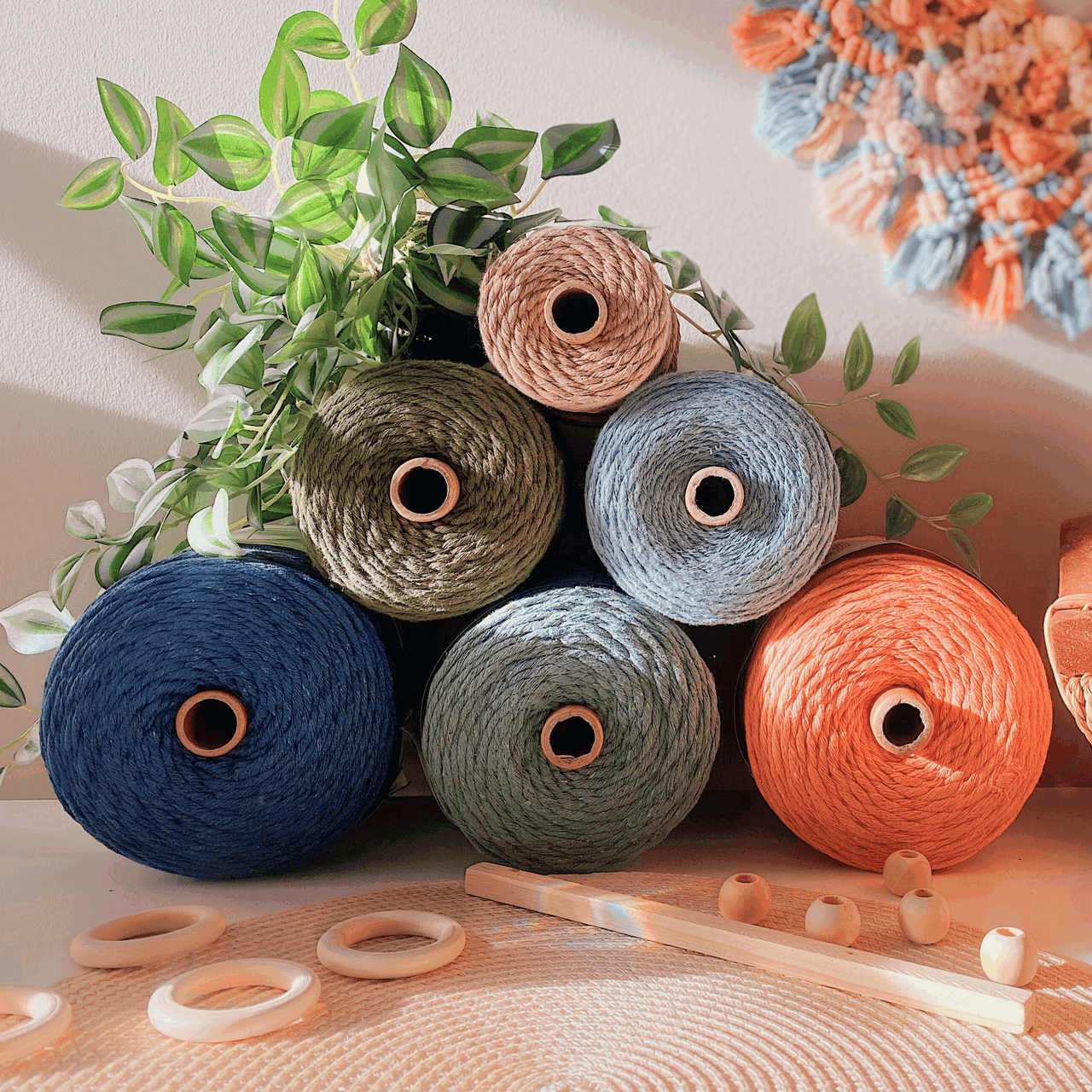
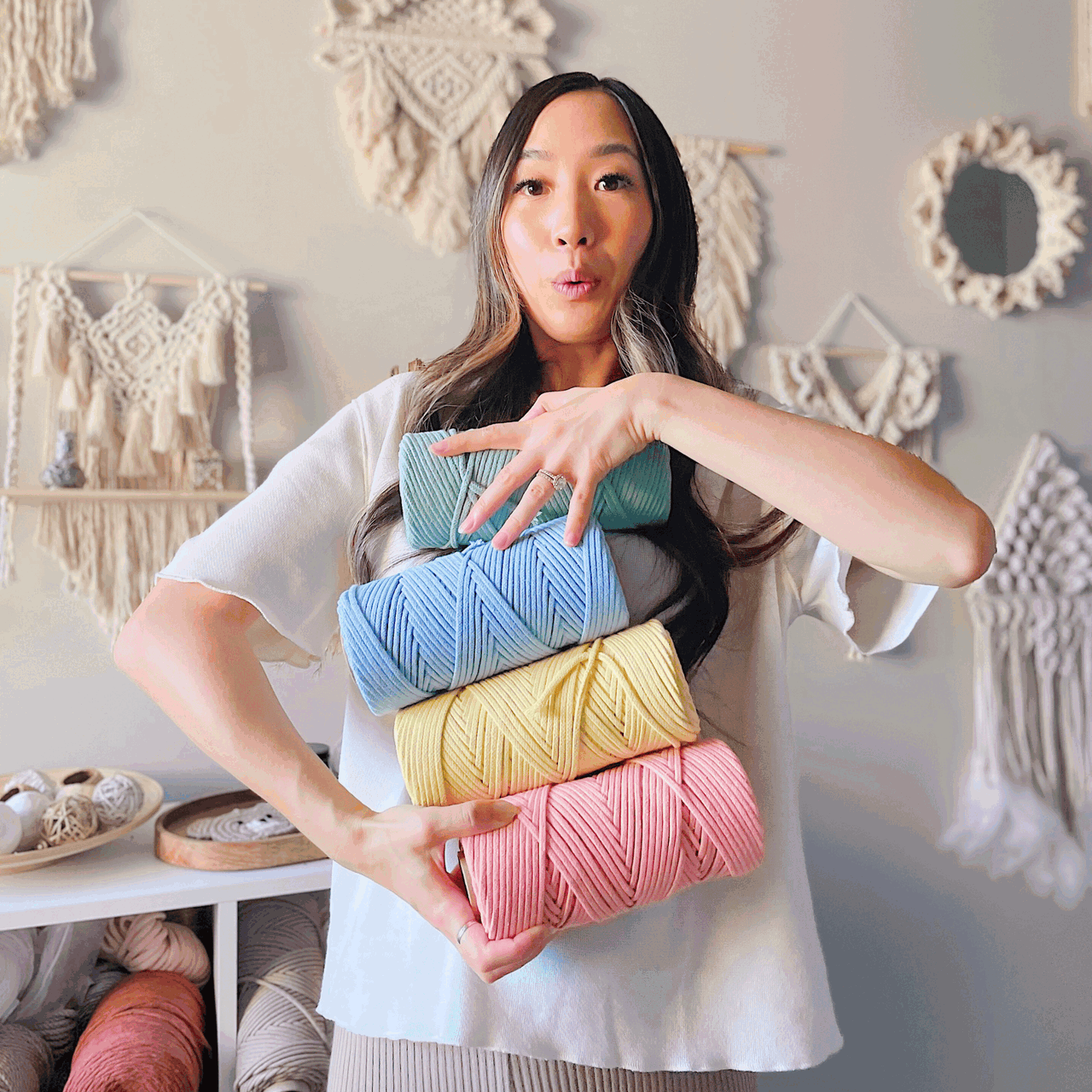
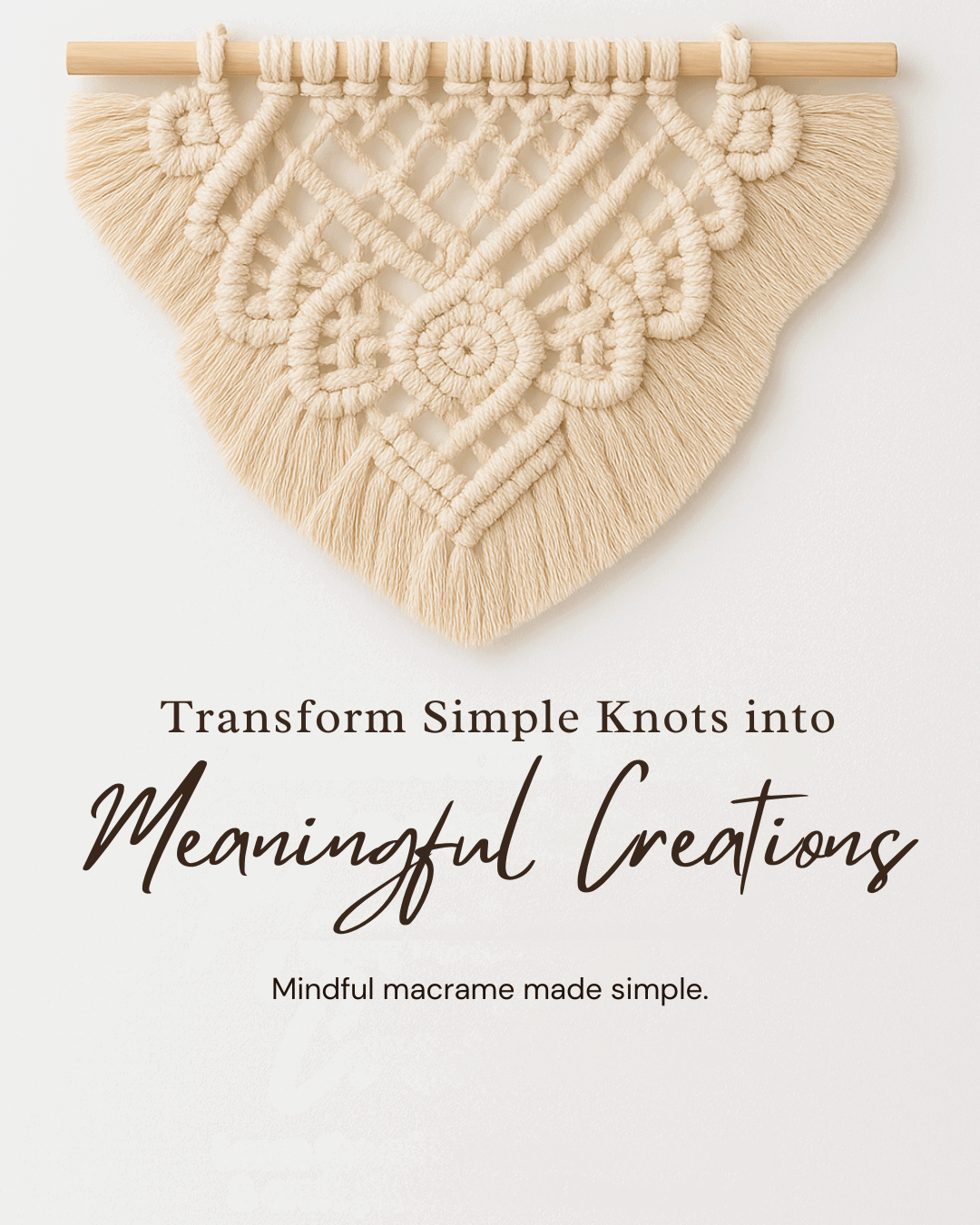



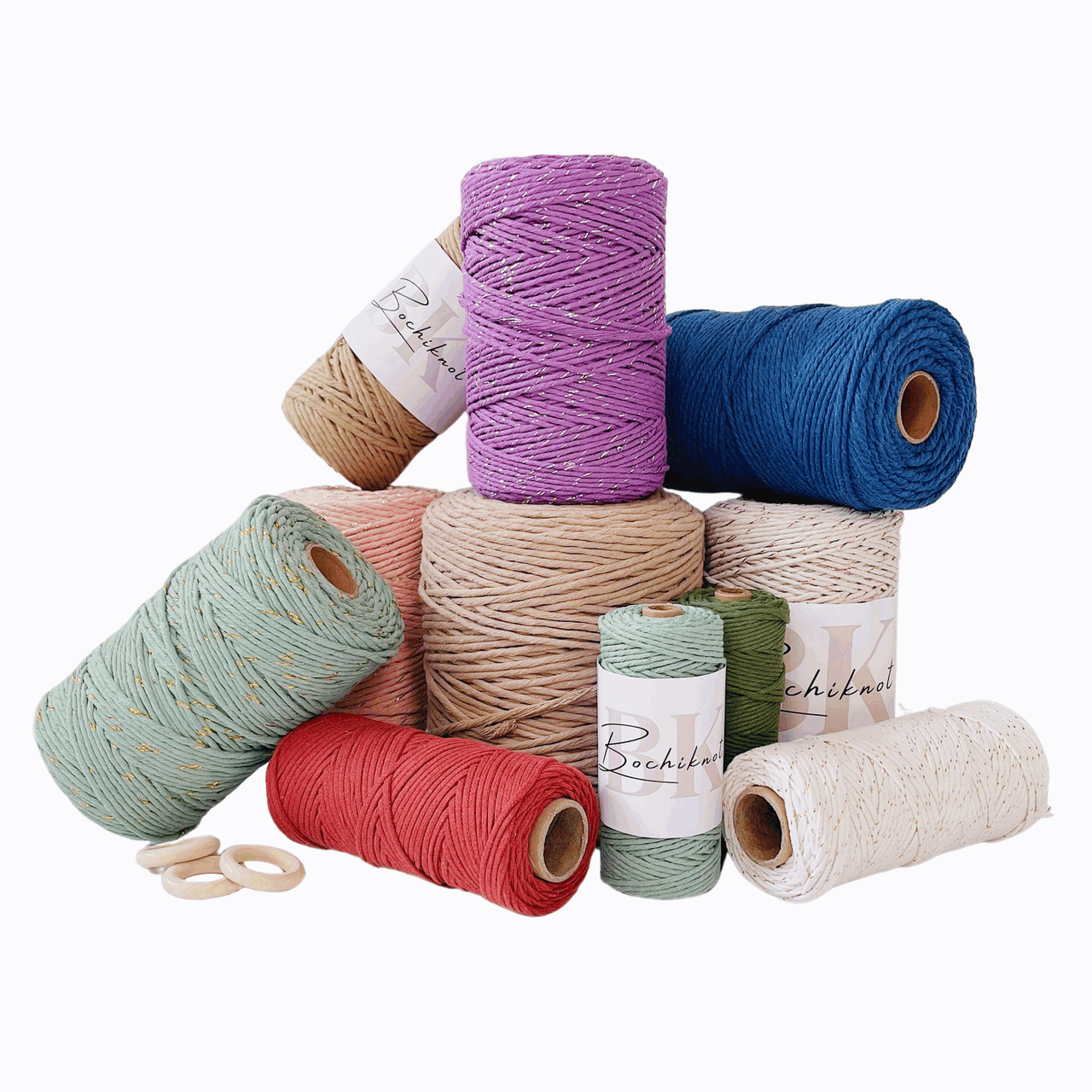
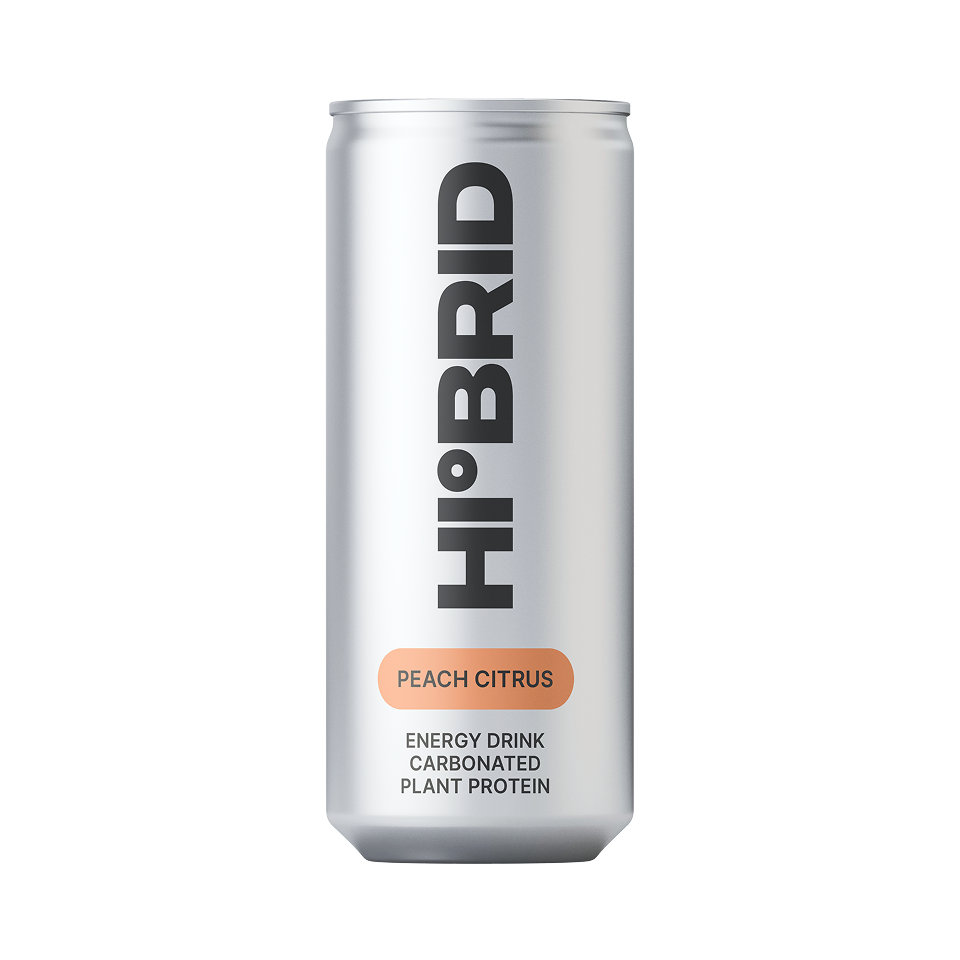












Leave a comment